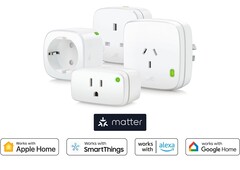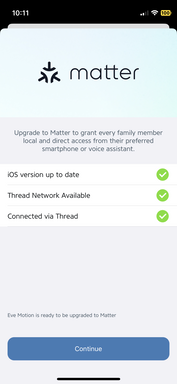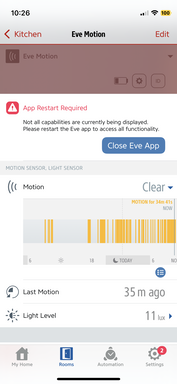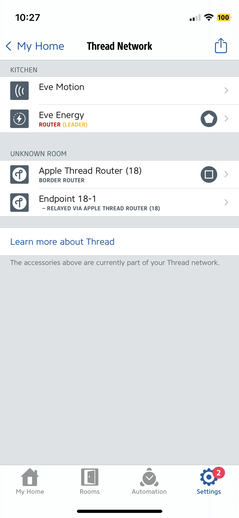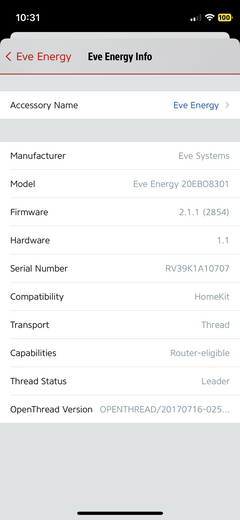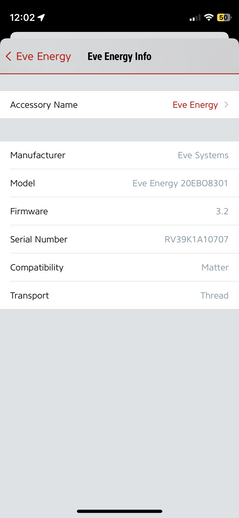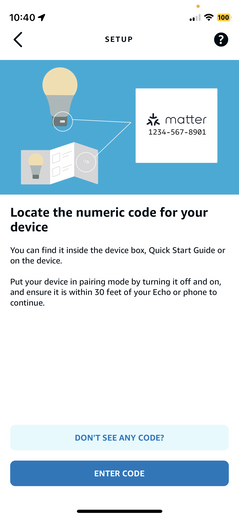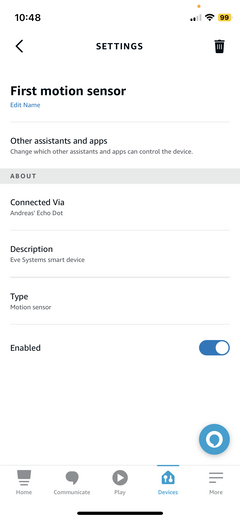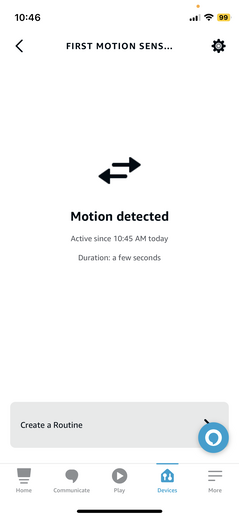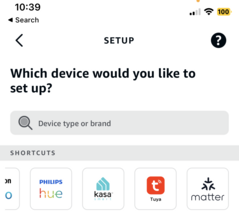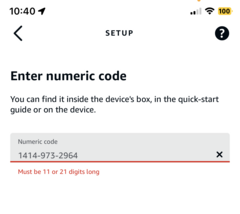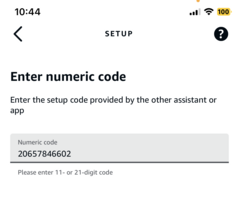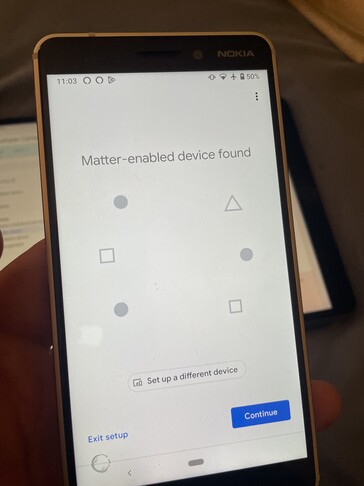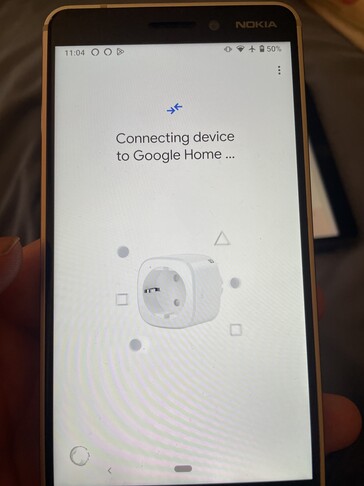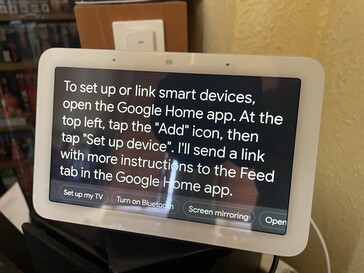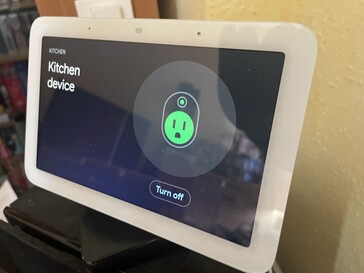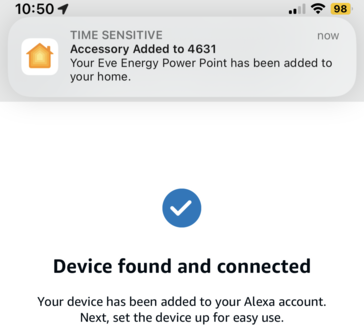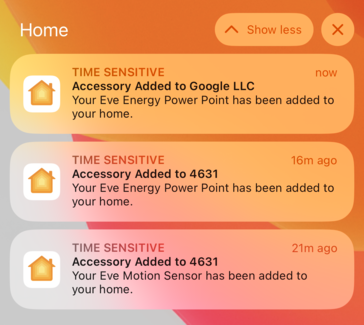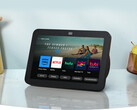When we wrote our first part on the Matter migration we thought that everything would be ready within a few weeks to test the migration and especially the new interaction between smarthomes in practice. Instead, it lasted a long time and there were only a few reports that Matter was ready for use.
By 20th April, Eve Systems was finally ready to, after a long public beta phase, so we could try out the migration of two smarthome devices to Matter: Eve Energy and Eve Motion. Eve Door we deliberately let communicate at the Homekit level to identify differences if necessary, because a migration to Matter is final. The way back is not possible and - as far as anticipated - not necessary.
We have already tested the Homekit-to-Matter upgrade under Homekit 2. An older Homepod Mini was available as a Thread Border router. Our Apple TV 4K (1st generation) and the large Homepod were not usable because they do not support Thread. However, this is necessary for Eve Energy and Eve Motion.
Patience and attention during migration
Migrating to Matter takes some time and focus for Eve. First of all, version 6.0 of the Eve app must be installed. This should take around ten minutes per smarthome device. However, we managed it in about five minutes.
For the migration, the Homekit code, which can be found as a sticker on the devices, is completely replaced by a Matter code. The Eve app generates this during the migration and prompts you to save or print the code. The code is important for integrating the devices into a smart home.
Since the Eve devices without the newly generated Matter code are only electronic waste in case of problems, the Eve app verifies that the new Matter code has been stored somewhere. For this purpose, a screenshot can be examined again for the correct code or a photo of the (printed) code can be taken.
There is no way to skip this step. Eve will not allow an upgrade unless it has been ensured that the Matter code is lying around somewhere. We actually recommend a printout (parallel to the digital storage), which is best placed in the boxes of the devices. Better safe than sorry, even if the Matter setup codes are stored in the Eve app settings and even sync with other Eve apps (such as on the iPad).
Small faux pas: If you save the Matter pairing code as a file under iOS, a PDF is created from it. However, the Eve app cannot read PDF files for verification purposes. So you have to take a screenshot of the PDF, which the Eve app recognizes.
It should be noted that after a migration to Matter, the measurement data in the device is deleted. Otherwise, there are small differences in the app. Instead of Homekit, Matter is now used (details -> compatibility). The transport protocol remains on Thread. But this is now exclusive, because as a Matter device, neither Eve Motion nor Eve Energy can communicate with Homekit via Bluetooth.
Eve switches off the Bluetooth component with the upgrade. It is then only available for conditioning the hardware, but no longer for smart home functions. This explicitly excludes a fallback, should the Thread Border router fail, for example.
If you have an older Apple smarthome, you should keep in mind that the Thread Border router is always on, even if you have gotten used to leaving this to the older Apple TV.
However, this has no effect on old devices that only speak Homekit, which remain as usual in the Smarthome network regardless of the presence of a Thread Border router.
After the successful migration, we were able to try out how the devices now behave outside of the Apple universe.
Amazon now also allows Matter with iOS
Anyone who has looked at the numerous delays in the Matter universe knows that Amazon was not ready for quite a while. Matter devices could only be integrated into the Alexa smarthome with Android devices. During the preparations, we also feared that we would have to use our Android phone first, because Apple's iOS or iPadOS lacked the Matter entry in the Alexa app.
Fortunately, Amazon also managed to update the Apple apps in time for the Eve update. This makes it possible to add the device to the Alexa world via our Echo Dot (*). Anyone thinking that this will transfer the Eve devices, however, is mistaken. Instead, some redundancy comes into play. Both via Alexa and via Apple's Siri and Home app, the devices can be used after the second pairing. The Eve app also continues to work as usual.
There are differences, of course. Alexa, for example, does not recognize the old Homekit devices.
However, in order for the Matter devices to be paired with Alexa, the controlling Apple Home app needs to be enabled. Technically, this means that we have set Eve Motion, for example, to pairing mode in the Home app. Then there is a code that you copy and paste into the Alexa app.
Amazon does this extremely well. However, Amazon first asks whether the device has a Matter logo. You should simply answer yes after a Matter migration, otherwise you will be sent back to the selection.
Otherwise, Amazon Alexa points out differences between the first pairing and the second or even third pairing and very actively offers to use a numeric setup code, which is necessary for a second pairing. The process takes around two minutes per Smarthome device. That is relatively quick, since a lot of time is needed for the general handling of the apps. The pairing itself is very fast.
However, there was an oddity when pairing Eve Motion. The motion sensor was integrated, but the light measurement is not available under Amazon's Smarthome. A second pairing did not solve the problem either. Eve Energy, on the other hand, did not cause any problems during the migration.
However, the integration is not ideal. You can only tell that the devices are from Eve Systems in the details of the settings. There, the description says: "Eve Systems Smart Device". Amazon has entered "First Plug" as the name for Eve Energy in the English description.
Apart from that, however, both Eve Motion and Eve Energy functioned as "First Motion Sensor" and "First Plug". If you want, you can simply rename the devices. This applied to both the app and voice control. Remotely, too, the sensor can be read and the socket switched. Even pairing and unpairing devices is possible via a remote connection.
Google only wants to Android
When connecting to our existing 2nd generation Google Home Hub (aka Nest Hub) (*), however, there were the problems that we were previously only aware of with Amazon. The Google Home app on iOS fails to connect to the Eve Smart Home devices via Matter. However, this is not due to the hardware. Instead, the software on iOS is not prepared for this scenario.
As an end user without technical knowledge, you will quickly despair here, since the limitation is not pointed out. However, Google's documentation states that it requires at least Android 8.1 for Matter.
But we were already prepared for this case thanks to Amazon. With an old Nokia 6.1, we were able to pair Eve Energy with the Google Hub right away. However, we did not like the interface that much. For example, we did not immediately notice that there is also an input option for a numeric code.
After pairing, which took a bit longer than with Amazon, the device is then also available for use in the Google Home app for Apple devices. Thus, you do not necessarily need an Android smartphone.
It was also irritating that Google required active Bluetooth on the smartphone. This might be the reason why we could not pair the device remotely. We were able to disconnect remotely, but could not re-establish the connection afterwards. Amazon's Alexa clearly has an advantage here.
Interesting: Unlike Amazon's Alexa, Google announces itself in the iOS Home app notifications (i.e. the Home app from Apple) with a device acquisition by Google LLC. Amazon, on the other hand, is the company with the number 4631, without a deposited name. For this, however, the product name of Eve is also not apparent at Google.
Remotely, Google Home could also be used in parallel with Alexa and Apple's Home. In addition, the information is also transmitted quickly. If you switch off the power socket via Alexa, for example, this is also visible in Google Home within a second. This also applies the other way around.
Due to time constraints, we cannot provide a link between Eve Motion and Google Home.
Verdict
There it is now, the great smarthome liberation blow. Matter for all, it was said, and according to the current state with the devices available to us, that is also true. Eve Systems is a special case in this, so to speak. The manufacturer has actually always been committed to Apple. In one fell swoop, however, the devices can now be used with Amazon's and Google's smarthome assistants.
The whole thing is not without hurdles and teething problems. However, the problem with Google's Apple apps should be quickly solved. However, this is a hurdle that somewhat contradicts the idea of a simple smarthome. Those who are not tech-savvy might not think of grabbing another smartphone. However, this should not be overestimated in view of the enormous smarthome progress. Everyone involved obviously still needs some time.
This is then perhaps the biggest drawback of Matter: the expectation. Great things were promised at the beginning of November last year, when we were at the launch event. By the end of 2022, hundreds of products should already be on the market and almost everything should be ready. But it doesn't look like that's going to happen. Even if the products are on the market, the software development and partly also the documentation is obviously not keeping up.
But the first step has now been taken. Eve impressively shows how independently the smarthome of the future can work, even though the devices could previously only be used in the Apple universe. The dream of an uncomplicated smarthome has come a lot closer.
The next few months must now show how well this will continue. Actually, a Matter function update has been pending for a long time, after all, the Connectivity Standards Alliance wants to create this twice a year. AVM should also start its Matter lab phase soon and of course the number of devices should increase significantly. Enough for a possible third part of the Matter migration series.
Transparency
The present review sample was given to the author by the manufacturer free of charge for the purposes of review. There was no third-party influence on this review, nor did the manufacturer receive a copy of this review before publication. There was no obligation to publish this review.
Source(s)
Own research


 Deutsch
Deutsch English
English Español
Español Français
Français Italiano
Italiano Nederlands
Nederlands Polski
Polski Português
Português Русский
Русский Türkçe
Türkçe Svenska
Svenska Chinese
Chinese Magyar
Magyar